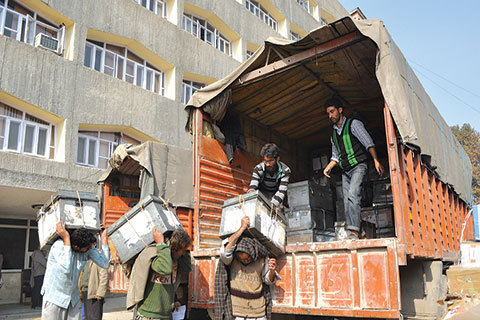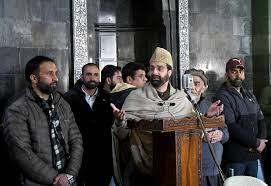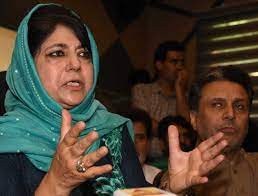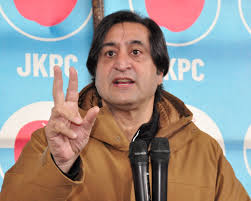As officials were packing documents and files at J&K’s highest seat of power, the civil secretariat here, on Friday—the last day of ‘Durbar’ in Kashmir—people who had turned up to get their grievances redressed had to leave disappointed.
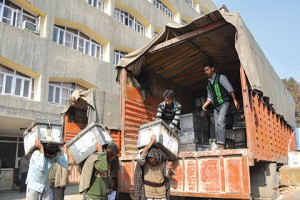 “For the past four weeks, nothing is moving at the Secretariat. The ministers skipped their offices and preferred to stay in their constituencies or at their official bungalows,” said an official, insisting not to be named.
“For the past four weeks, nothing is moving at the Secretariat. The ministers skipped their offices and preferred to stay in their constituencies or at their official bungalows,” said an official, insisting not to be named.“It seems Durbar move had started with the end of Assembly session on October 10 as ministers were hardly visible here since then. From October 10 to 19, the attendance of ministers was almost negligible.”
Friday marked the closure of civil secretariat here as part of Durbar Move—the 143-year-old practice of bi-annual shifting of government offices between Srinagar and Jammu.
The practice was started in 1872 by the then ruler of J&K, Maharaja Gulab Singh to “give fillip to the economy of Jammu.”
As per the General Administration Department, 50 offices including civil secretariat— which houses the offices of Chief Minister, cabinet ministers and administrative departments—move in full while 52 offices move in camp.
The offices will reopen in Jammu on November 9.
From time to time, politicians and business community have questioned the practice which is draining the state exchequer and hitting governance as well.
In April 2012, then Chief Minister Omar Abdullah questioned the wisdom of Durbar Move, saying: “It is wastage of money and an escapist move. Do I think the ‘Durbar move’ (shifting of capital) is a waste of money? Yes I do. Is there an alternative? I haven’t seen a viable alternative suggested.”
Omar’s father and former chief minister, Dr. Farooq Abdullah, had to face stiff resistance from Jammu lawyers when he tried to abandon the practice in ’80s. Finally he gave up the idea.
While officials in General Administration Department and Finance department refused to comment on the expenses involved in the practice, sources disclosed that the exercise puts a burden of Rs 90 crore on the state exchequer.

